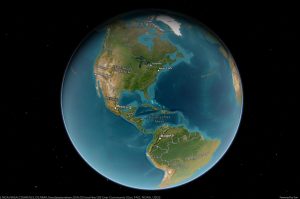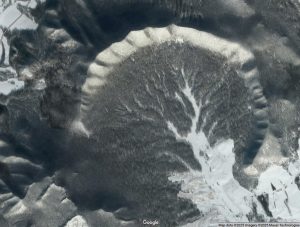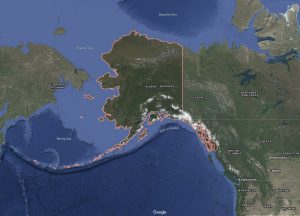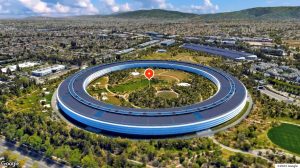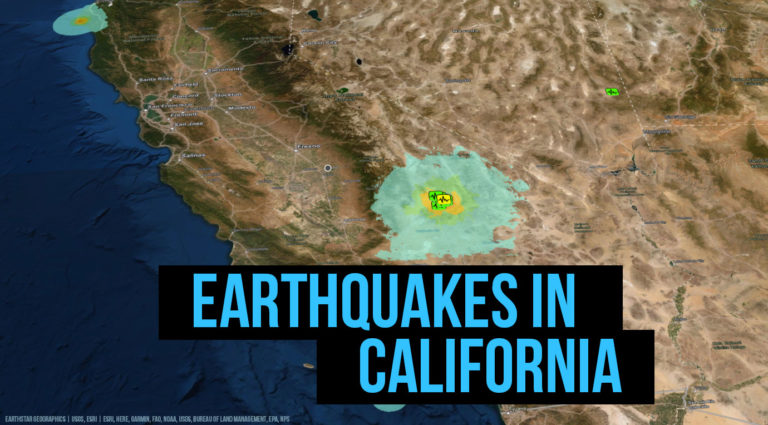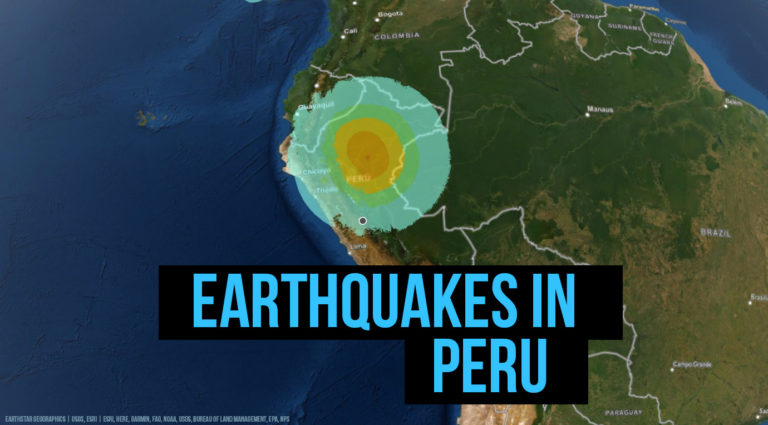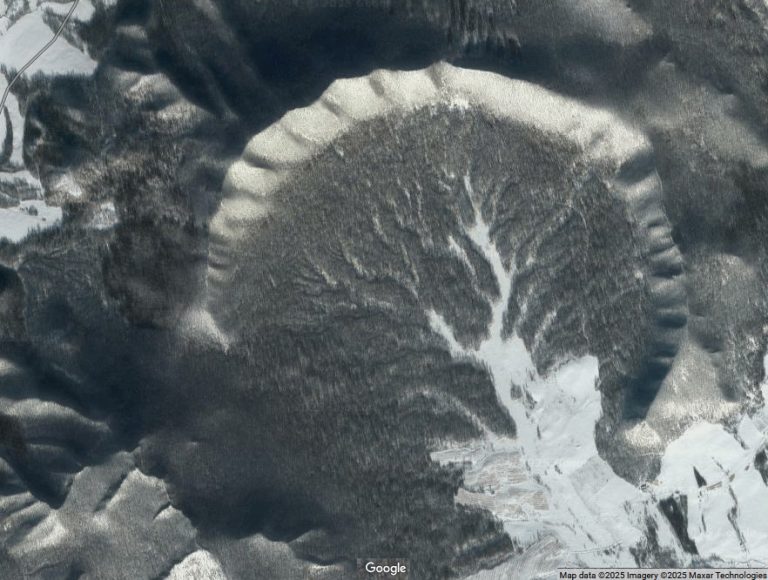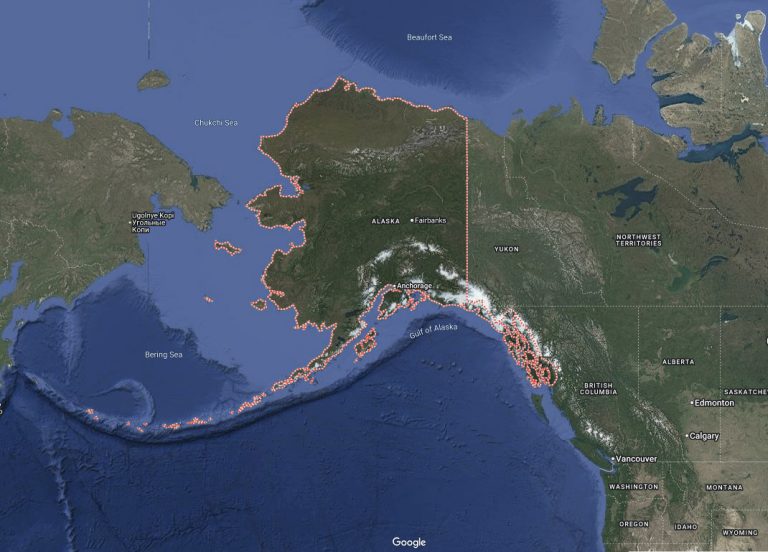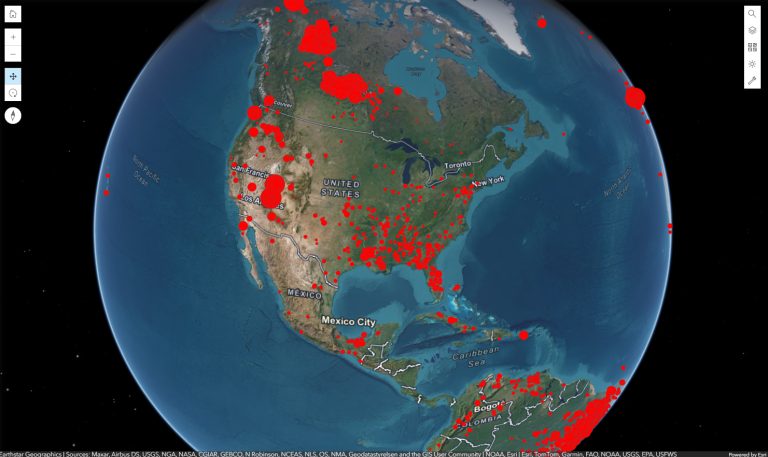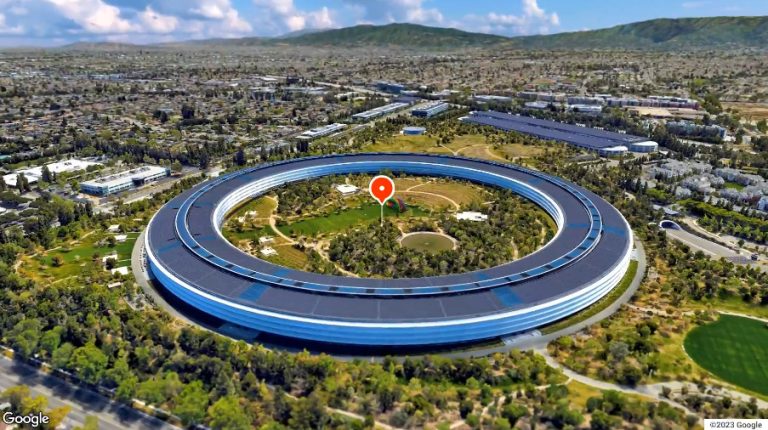Jinlin crater, Guangdong Province, China - Largest crater in the last 10 000 years
- Patomskiy crater
- Ries Crater
- Gosses Bluff (Tnorala)
- Clearwater West Impact Structure
- Haughton Crater
- Lonar Crater
- Obolon’ Crater
- Barringer (Meteor) Crater
- Wolfe Creek Crater
- Kaali Main Crater
- Vredefort Crater
- Chicxulub Crater
- Sudbury Basin
- Popigai Impact Structure
- Chesapeake Bay
- Puchezh–Katunki Impact Structure
- Manicouagan Impact Structure
- Kara Crater
- Charlevoix Crater
- Siljan Crater
A Giant Crater Discovered in Southern China
Scientists have confirmed that a huge crater in southern China was made by a meteorite impact. It is called the Jinlin Impact Crater and is located in Deqing County, Guangdong Province. The crater is about 900 meters wide and is surrounded by low mountains and forest. Researchers say it is now the largest known impact crater on Earth that was formed in the last 10,000 years.
The coordinates of the Jinlin Impact Crater are 46° 23′ 03″ N, 129° 18′ 50″ E
Convert to decimal format:
Latitude: 46.38417° N
Longitude: 129.31389° E
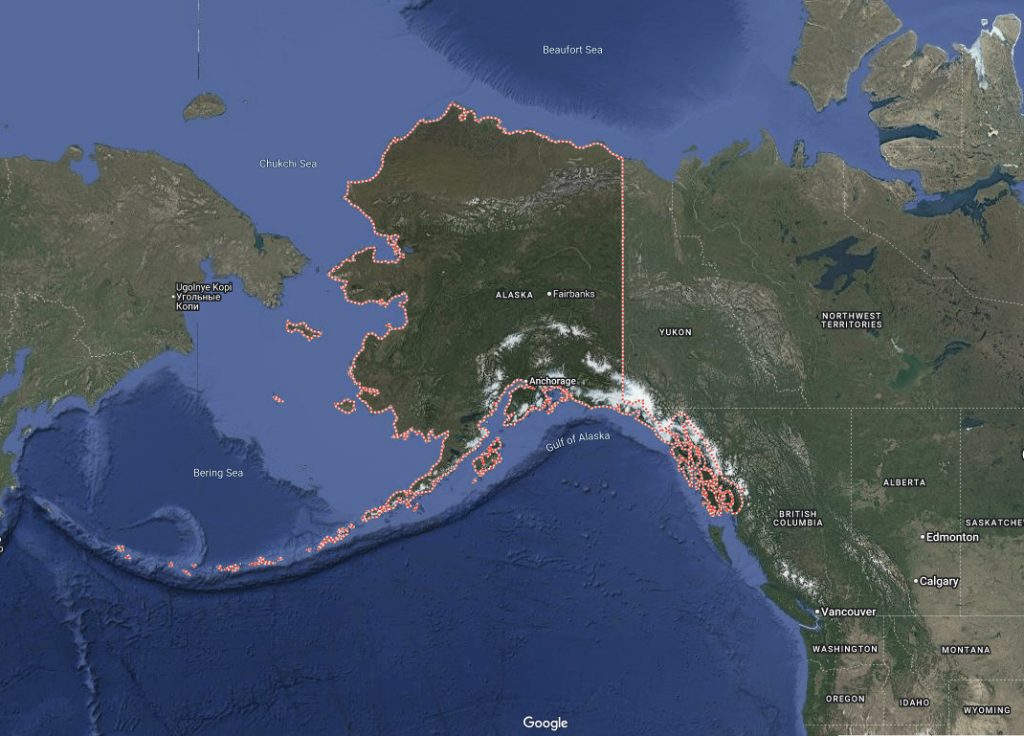
Table of Contents
How the Crater Was Found and Studied
Geologists studied the area for several years before confirming it was made by a meteorite. They found special rocks that show signs of a powerful explosion, such as melted minerals and broken crystals. These are called shock features and can only be created by a meteorite impact. The scientists also used satellite images and 3D mapping to measure the shape and size of the crater.
Signs of a Powerful Explosion
The impact that made the Jinlin Crater was very strong — about the same as 600,000 tons of TNT exploding at once. The crater’s rim is tilted, with one side about 200 meters higher than the other. Its depth is around 90 meters. This uneven shape shows that the meteorite may have hit the ground at an angle, or the land has changed slightly over time due to erosion and movement of the earth.
Why This Discovery Is Important
Finding such a well-preserved crater in a humid, tropical area is rare. Rain and weather usually erase craters over thousands of years. Because Jinlin is still visible, scientists can study how meteorite impacts look in warmer, wetter environments. The crater also helps researchers understand how often such events happen on Earth and what kind of damage they can cause.
A Window into Earth’s Recent History
The Jinlin Impact Crater gives us a look into our planet’s recent past. It reminds us that meteorite impacts are a natural part of Earth’s story. Even though this event happened thousands of years ago, the mark it left behind is still clear today. The discovery adds to China’s growing list of important geological sites and helps scientists learn more about the forces that have shaped our world.
